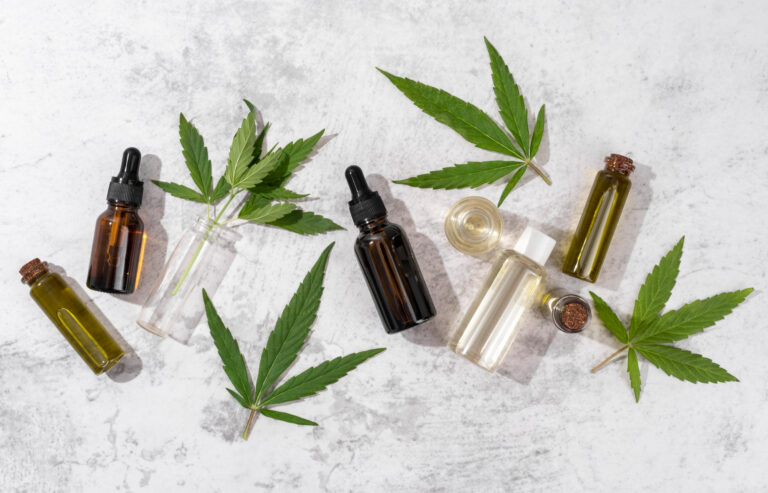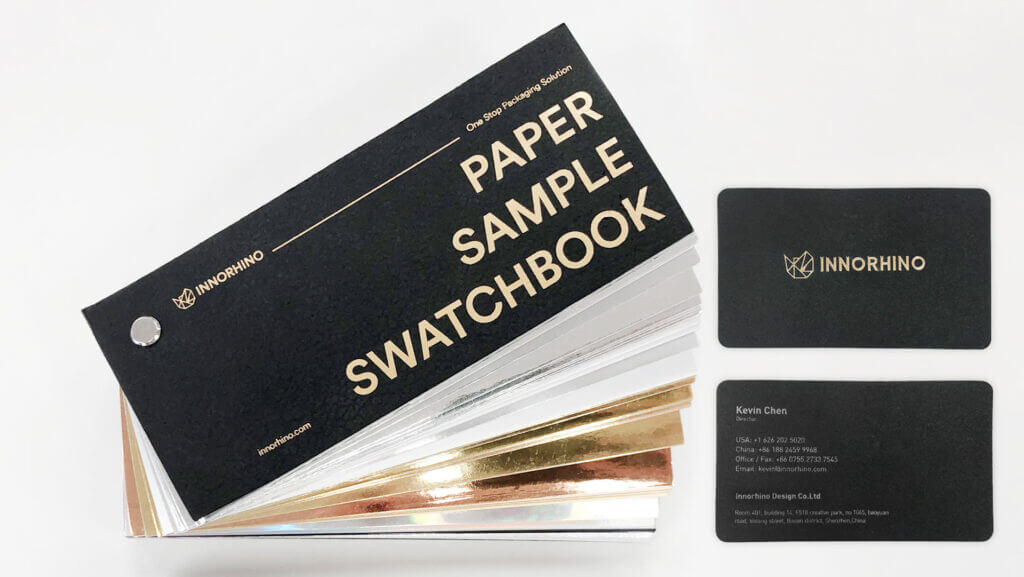Introduction
In the fast-growing cannabis industry, packaging is more than just a container—it’s a vital touchpoint for compliance, brand identity, and consumer trust. Whether you’re marketing premium cannabis flower, concentrates, or edibles, your packaging must align with legal requirements while reinforcing your brand’s message. This comprehensive guide covers everything cannabis businesses need to know about packaging, from child-resistant containers to sustainable material choices and impactful design strategies.
Understanding Cannabis Packaging Requirements
Cannabis packaging regulations are designed to protect consumers and ensure product integrity. Failing to meet these requirements can lead to product recalls, legal penalties, and reputational damage. Here are the core compliance elements:
1. Child-Resistant and Tamper-Evident Features
All cannabis packaging must be child-resistant to prevent accidental ingestion, especially by minors. Tamper-evident seals add another layer of security, giving consumers peace of mind that the product has not been altered or opened.
2. Opaque and Discreet Packaging
Many regions require packaging to be opaque and non-appealing to minors, especially for edibles. This helps prevent visual exposure to children and supports responsible marketing practices.
3. Mandatory Labeling Elements
To stay compliant, your cannabis packaging must clearly display:
- Product Type (e.g., flower, vape, edible)
- Net Weight/Volume
- THC and CBD Content
- Usage Guidelines
- Health and Safety Warnings
Reference: National Cannabis Industry Association (NCIA) Packaging Guidelines
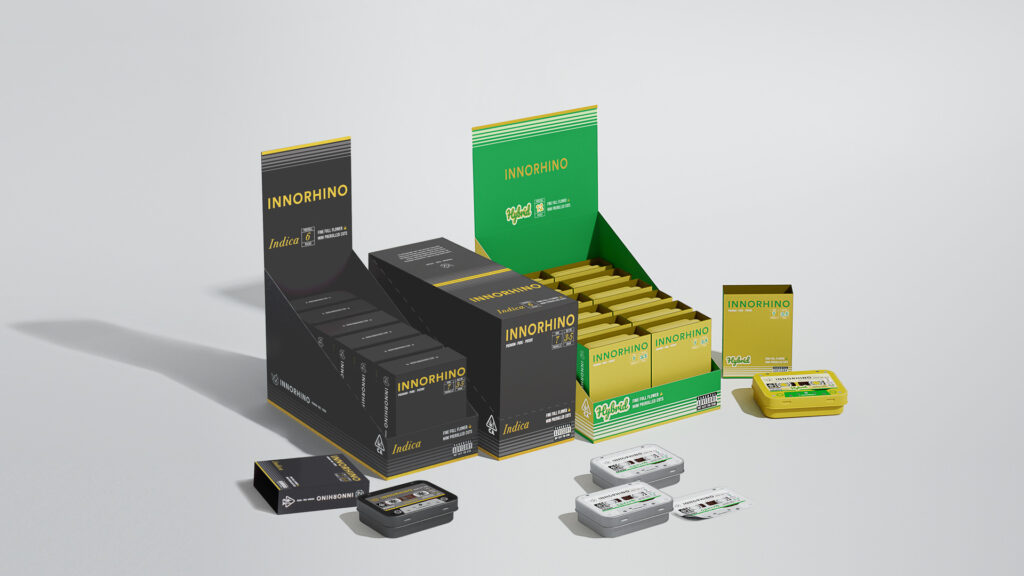
Best Materials for Cannabis Packaging
The material you choose impacts product freshness, sustainability, and brand image. Below are the top packaging materials used in the cannabis industry:
1. Glass Containers
Ideal for concentrates, tinctures, and flower, glass containers preserve potency and offer a premium look and feel. They are fully recyclable and align with eco-conscious branding.


Reference: Sustainable Packaging Coalition (SPC)
2. Metal Tins and Tubes
Metal packaging offers superior durability and is effective at blocking light and oxygen, which can degrade cannabinoids. Though costlier, it’s ideal for high-end or limited-edition products.
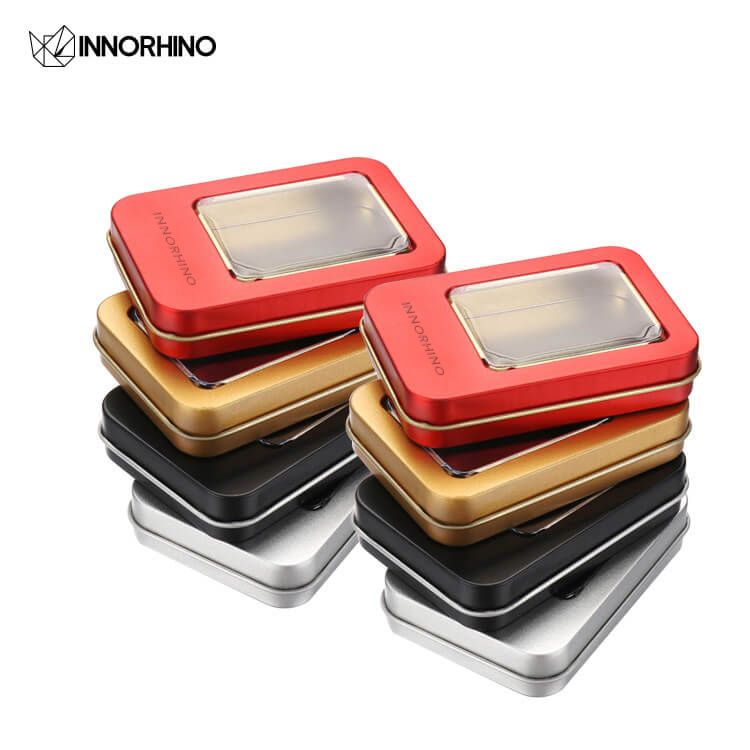
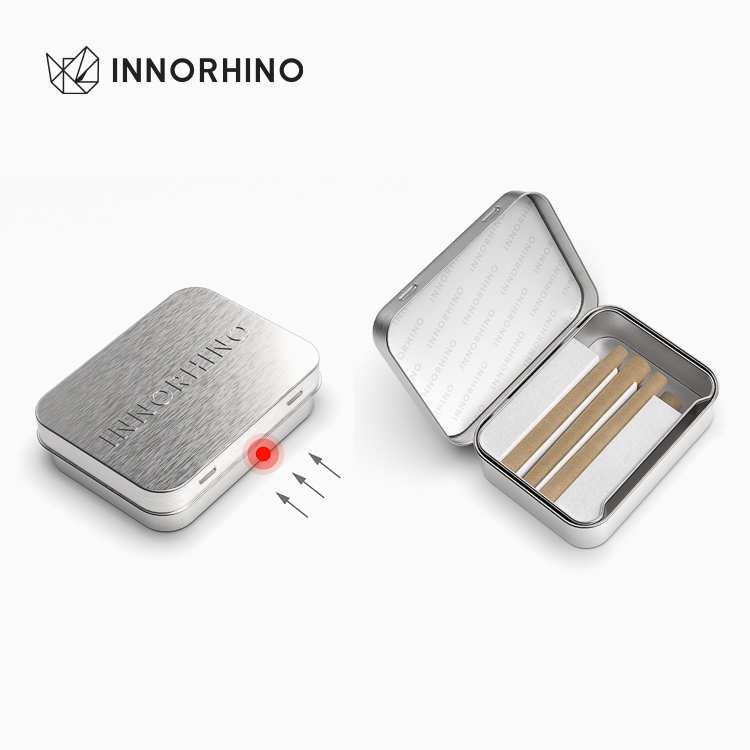
Reference: European Metal Packaging (Empac)
3. Plastic Jars and Tubes
Food-grade plastic is lightweight and affordable, but brands should opt for BPA-free and recyclable or biodegradable options to reduce environmental impact.
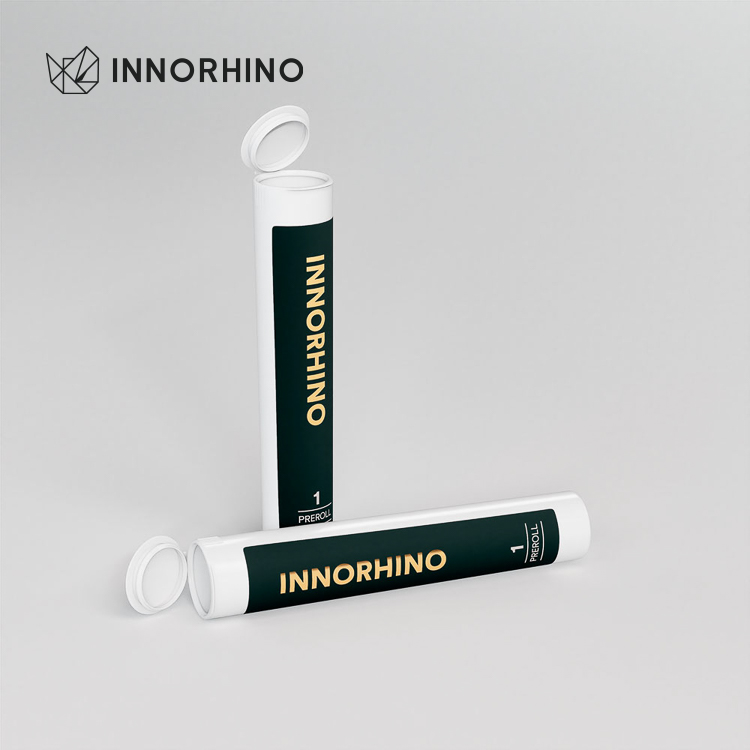

Reference: EPA Guidelines on Plastic Recycling
4. Mylar Bags
Favored for flower and edibles, Mylar bags provide an excellent moisture and oxygen barrier, are heat-sealable, and can be customized for branding.

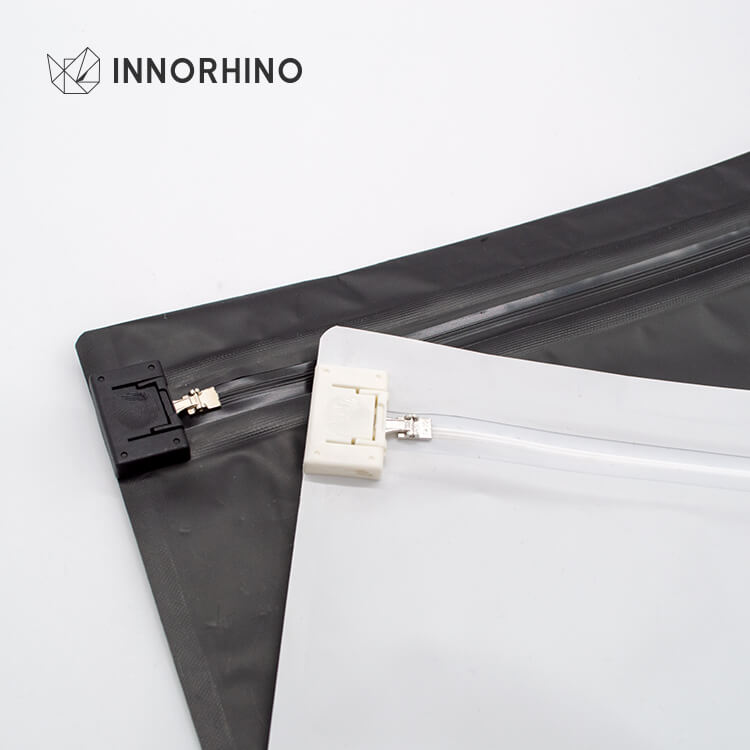
Reference: Flexible Packaging Association
Designing for Brand Appeal
Attractive and functional cannabis packaging not only ensures compliance but also enhances brand recognition and consumer engagement. Here’s how brands can make their packaging stand out:
1. Establish a Strong Brand Identity
Your packaging should reflect your brand’s mission, values, and aesthetics. Elements such as logo placement, typography, and color schemes contribute to a distinctive brand presence.
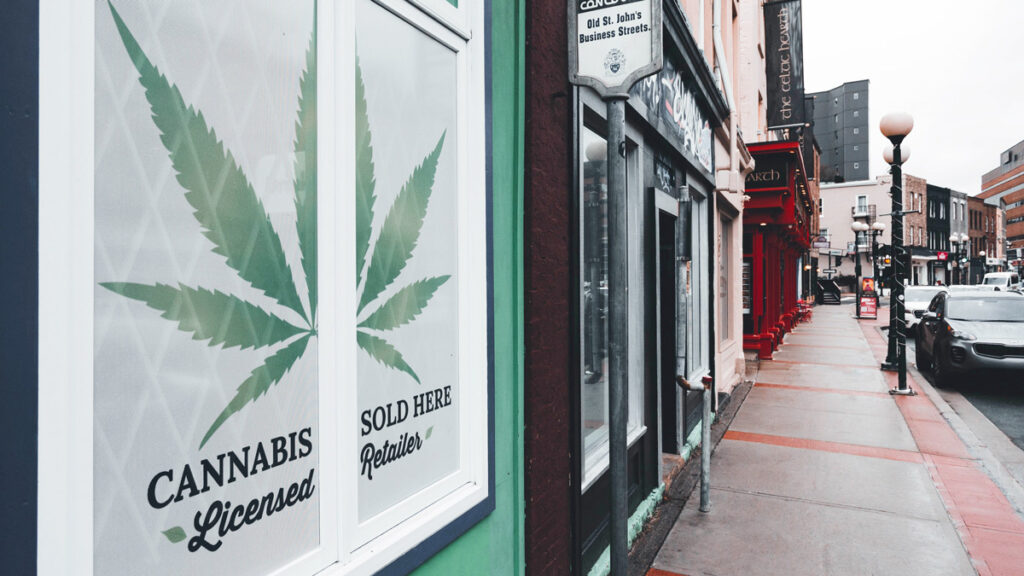
2. Optimize Shelf Appeal
Consumers make split-second purchasing decisions based on visual appeal. Unique packaging shapes, bold colors, and high-quality finishes can differentiate products in a competitive marketplace.
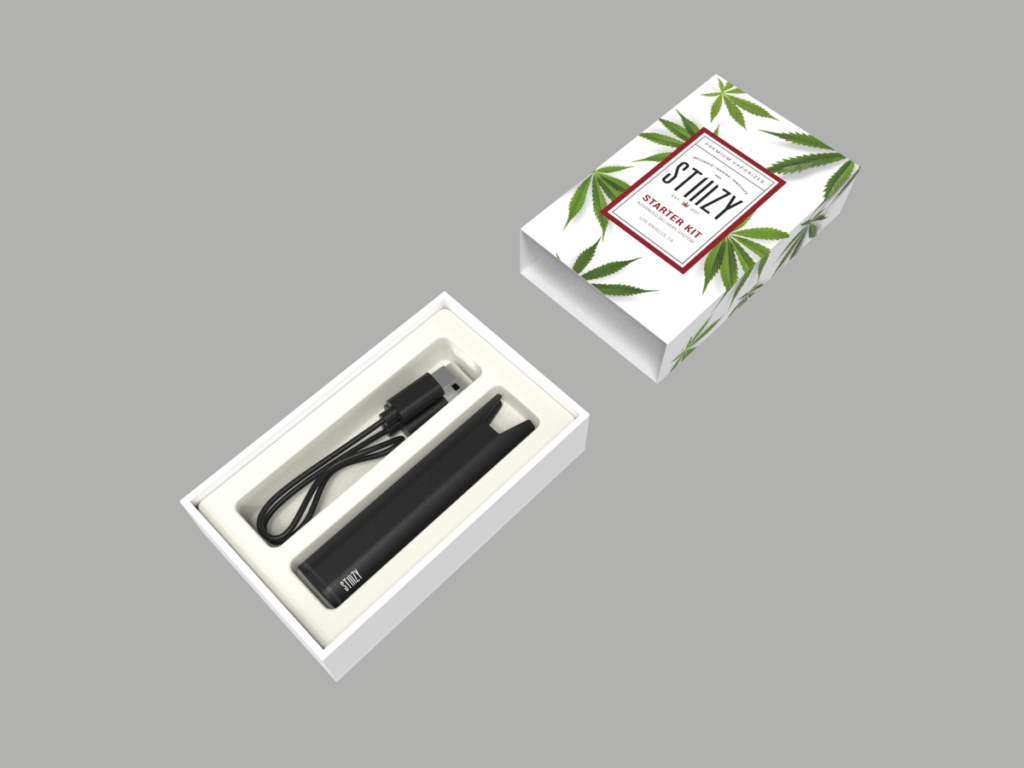
Case Study: Case Study – STIIIZY
3. Incorporate Sustainable Packaging
Sustainability is becoming a significant factor in consumer purchasing decisions. Using biodegradable, recyclable, or compostable materials not only benefits the environment but also strengthens brand reputation.
Reference: Nielsen Report on Eco-Friendly Consumer Trends
Sustainability in Cannabis Packaging
1. Choose Greener Materials
Opt for materials like recycled glass, bioplastics, paperboard, or compostable pouches. Local recyclability is crucial—ensure your materials match municipal recycling capabilities.
2. Minimize Excess Packaging
Avoid over-boxing or including non-essential materials. Smart design can help you reduce costs while maintaining product protection and compliance.
Reference: Green Packaging Consumer Trends
3. Educate Consumers
Include sustainability messaging on your packaging or product inserts. QR codes can link to transparency pages detailing your material choices, certifications, and recycling tips.
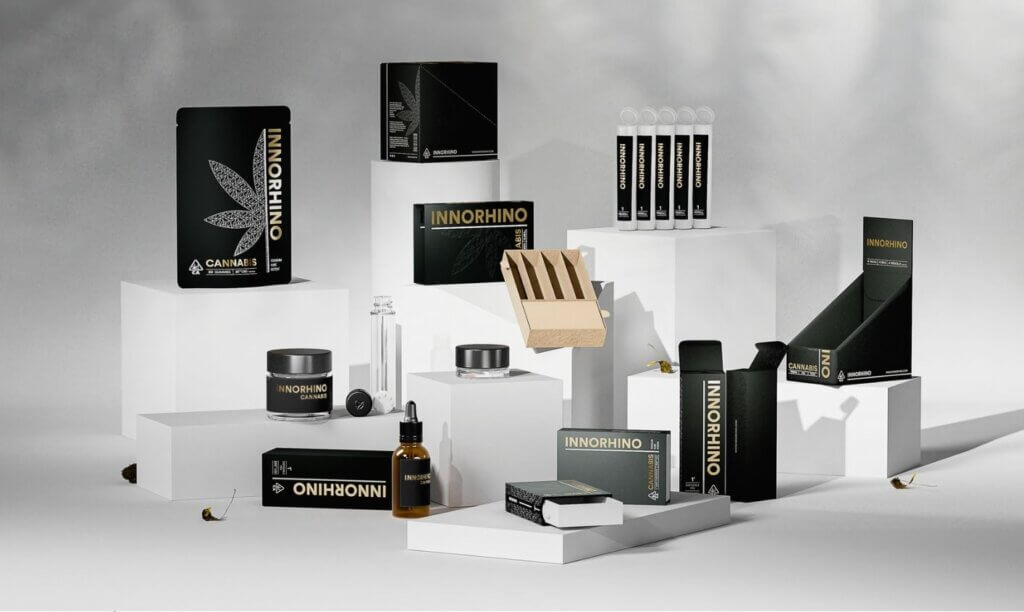
Conclusion: Stand Out with Smart Cannabis Packaging
Cannabis packaging is a powerful blend of compliance, functionality, and branding. From legal labeling to sustainable design, every element matters. By investing in thoughtful, high-quality packaging, cannabis brands can elevate customer trust, meet regulatory expectations, and build long-lasting market presence.
Need Help With Your Cannabis Packaging?
Partner with us for customized cannabis packaging solutions that are compliant, sustainable, and uniquely yours. Contact our team to start designing packaging that speaks volumes before your product is even opened.
Frequently Asked Questions
– What Are the Legal Requirements for Cannabis Packaging?
Packaging must be child-resistant, tamper-evident, and labeled with THC/CBD content, health warnings, and product type. Always consult state-specific regulations.
Reference: Cannabis Regulatory Authorities by State
– How Can Packaging Enhance My Cannabis Brand?
Creative design, eco-friendly materials, and premium finishes foster brand loyalty and visual distinction in a crowded market.
Reference: The Impact of Packaging Design on Brand Identity
– Why Does Sustainability Matter in Cannabis Packaging?
Consumers are prioritizing eco-responsibility. Sustainable packaging aligns with customer values and often meets emerging legal sustainability mandates.
Reference: Global Sustainable Packaging Coalition

